Introduction: The Rise of AI in Web Development
In recent years, the web development industry has undergone a radical transformation, with artificial intelligence (AI) becoming a central force. Tools powered by AI now offer automated site generation, content writing, user experience enhancements, and even real-time optimization. These advancements have made creating a website faster, cheaper, and more accessible than ever before. It’s tempting to think that we’re on the verge of a future where human web developers and designers become obsolete.
But despite these strides, human expertise remains an essential part of the equation. While AI can build the scaffolding of a site with lightning speed, it lacks the emotional intelligence, cultural understanding, and ethical nuance needed to create truly meaningful digital experiences. This article explores the collaborative potential of AI and human talent, why human involvement is still critical, and how we might strike the perfect balance in the near future.
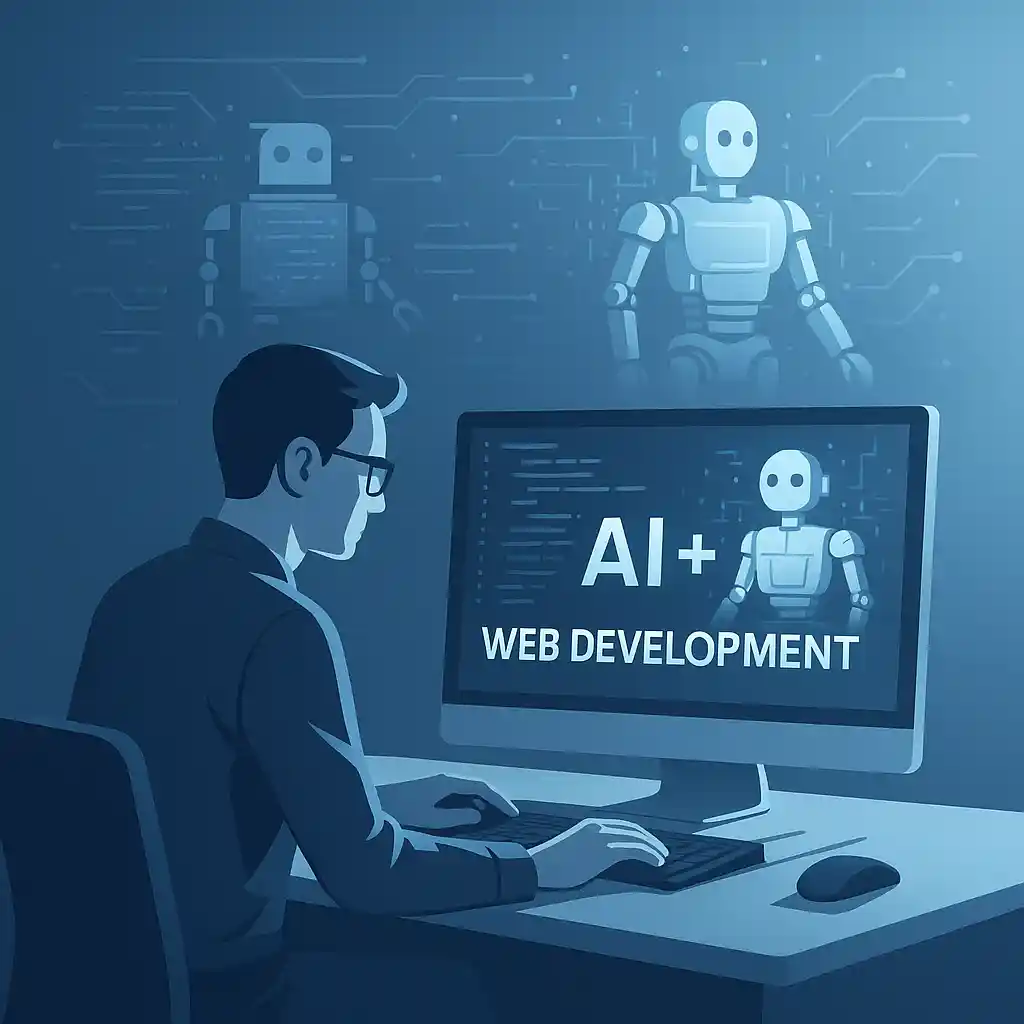
The Capabilities of AI in Modern Web Development
AI has brought remarkable enhancements to the world of web development. With minimal input, platforms like Wix AI, Framer, and Hostinger AI can create entire websites tailored to specific industries and user intents. These tools not only generate content and design layouts, but also provide SEO optimization, behavioral analytics, and heatmap predictions—all within minutes.
AI excels at managing large sets of data to predict user behavior and personalize user journeys. It automates mundane tasks like image resizing, form creation, and even A/B testing. For agencies and solo developers alike, this means faster project turnaround times and the ability to manage multiple clients with greater efficiency.
Additionally, AI-generated designs now follow best practices in usability and accessibility. Many AI builders ensure mobile responsiveness, structured data implementation, and clean design systems by default. These platforms give businesses a strong digital presence without needing deep technical knowledge.
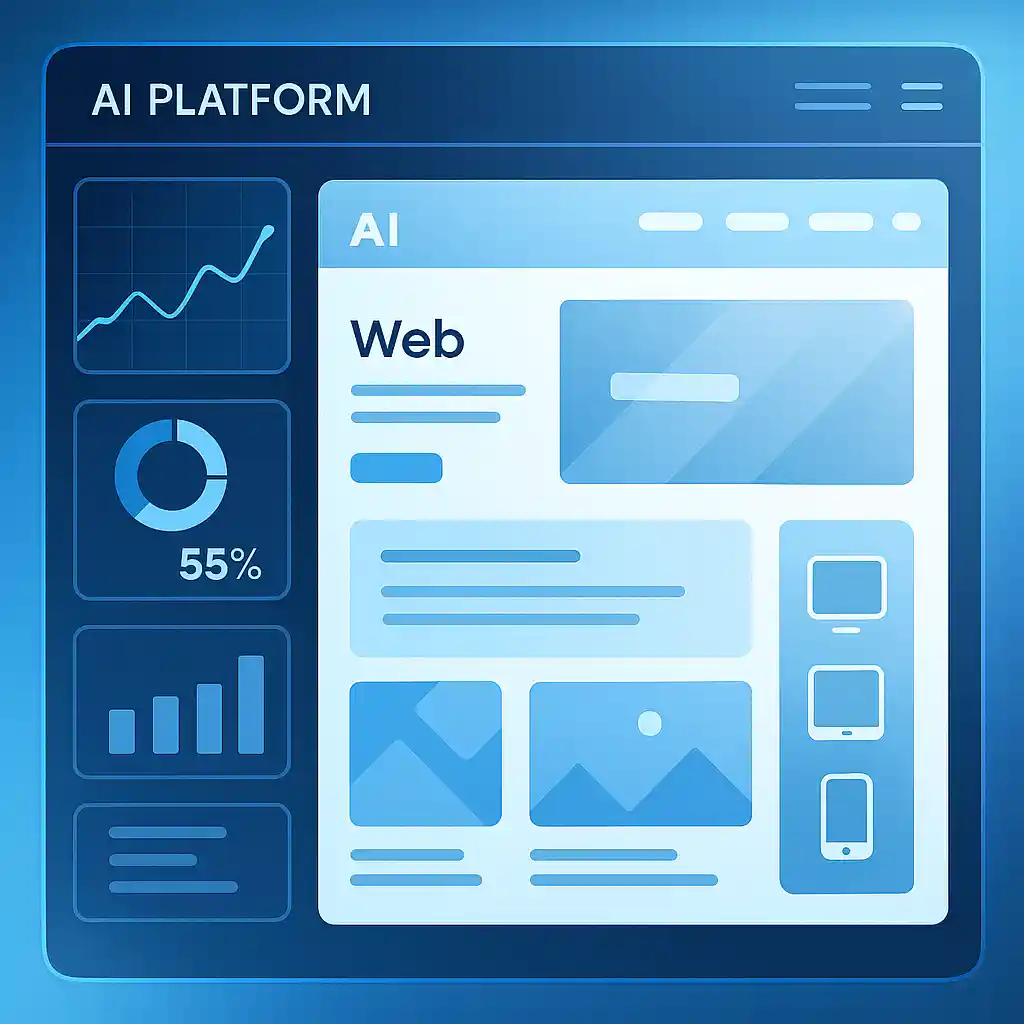
Limitations of AI in Website Creation
Despite its capabilities, AI in its current form is still fundamentally limited. It lacks human intuition—an understanding of context, emotion, and subtlety. AI can’t tell a compelling story, evoke sentiment, or interpret abstract brand identities. It can mimic language and aesthetics, but often falls short when originality or empathy is required.
AI also struggles with cultural nuance and dynamic audience expectations. For example, humor, sarcasm, and informal tone are difficult for algorithms to grasp and use appropriately. This can result in miscommunication or flat, robotic interactions that alienate rather than engage.
Another issue is over-automation. Fully relying on AI tools can lead to homogenized web experiences where one site looks and feels like many others. Such generic results diminish brand distinctiveness and fail to build long-term emotional connections with users.
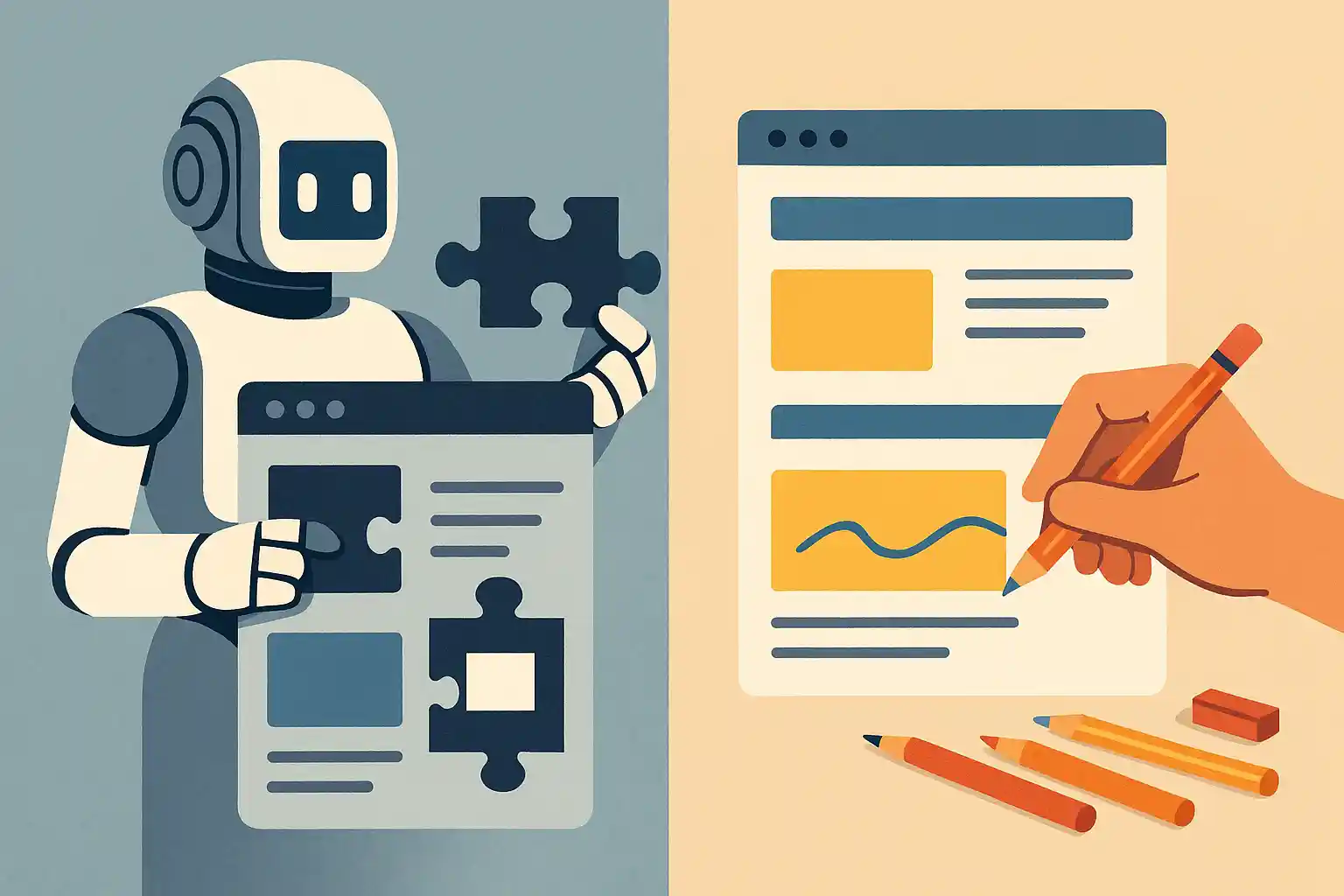
The Irreplaceable Role of Human Expertise
What truly sets great websites apart in 2025 is the human touch. Designers and developers bring vision, emotion, and ethics into digital storytelling. They translate abstract ideas into compelling visual identities and craft experiences that reflect deep user empathy. This creative insight is something no AI can replicate.
Human professionals also ensure consistency in tone and messaging across platforms, aligning every part of a website with a brand’s values and voice. They’re able to respond to evolving market needs, make judgment calls based on experience, and adapt to unexpected challenges.
Moreover, human oversight is essential in ethical considerations—ensuring inclusive design, protecting user privacy, and avoiding manipulative tactics. These are areas where automation can fall short or even cause harm if not carefully monitored. Rather than being replaced, humans must continue to guide AI with purpose, empathy, and accountability.

Case Studies: When Human Touch Made the Difference
Real-world examples further illustrate the crucial role of human involvement in AI-driven web projects. Consider a health tech startup that relied on AI to build their website in under a day. While the initial version was functional, it lacked the emotional resonance needed to build trust with users seeking medical help. A UX designer later revamped the interface, adding real patient stories, intuitive navigation, and softer visual cues—immediately increasing engagement metrics and time on site.
In another case, a global brand used AI to automate its landing pages across regions. Although technically accurate, the content failed to reflect regional dialects and cultural references, leading to confusion and reduced conversion rates. After local marketing teams reworked the pages with human insight, bounce rates dropped significantly, and user satisfaction increased.
These case studies highlight that while AI can serve as a powerful assistant, it is the human element that turns functionality into experience and information into inspiration.
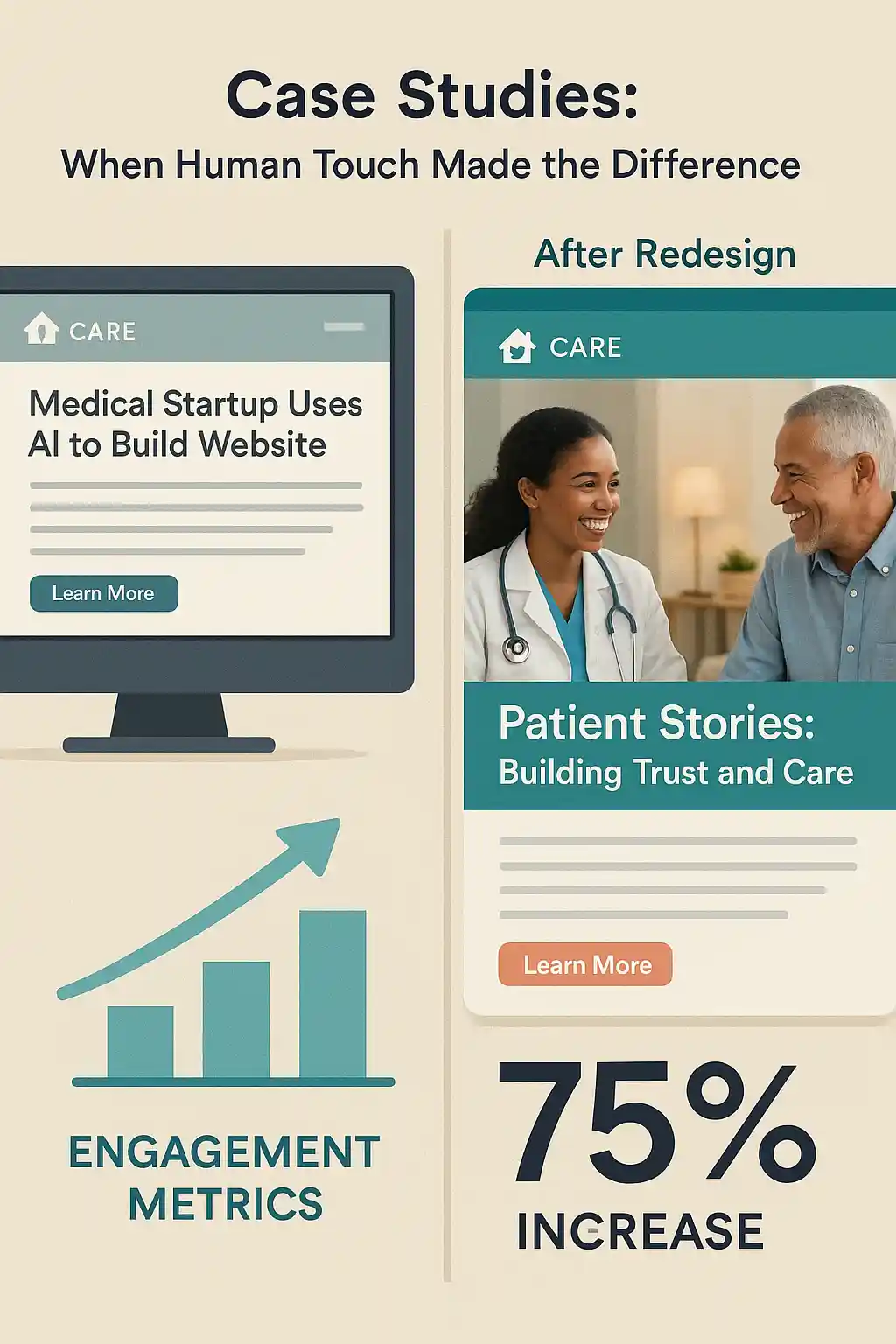
Synergy: Best Practices for Human-AI Collaboration
To achieve the best outcomes, web professionals should adopt a collaborative approach where AI complements human efforts rather than replaces them. Begin with AI to lay down the foundation—structure, content drafts, SEO insights—and then refine through human creativity.
Use tools that allow for iterative development: platforms that incorporate user feedback, support manual overrides, and offer granular customization. Encourage a workflow where the AI handles repetitive tasks, freeing up human teams to focus on high-impact areas like storytelling, branding, and emotional design.
Integrate feedback loops into every stage. After launching, use analytics to assess what works and what doesn’t—then refine both human input and AI configurations accordingly. This ongoing collaboration leads to smarter AI behavior and sharper human strategies.
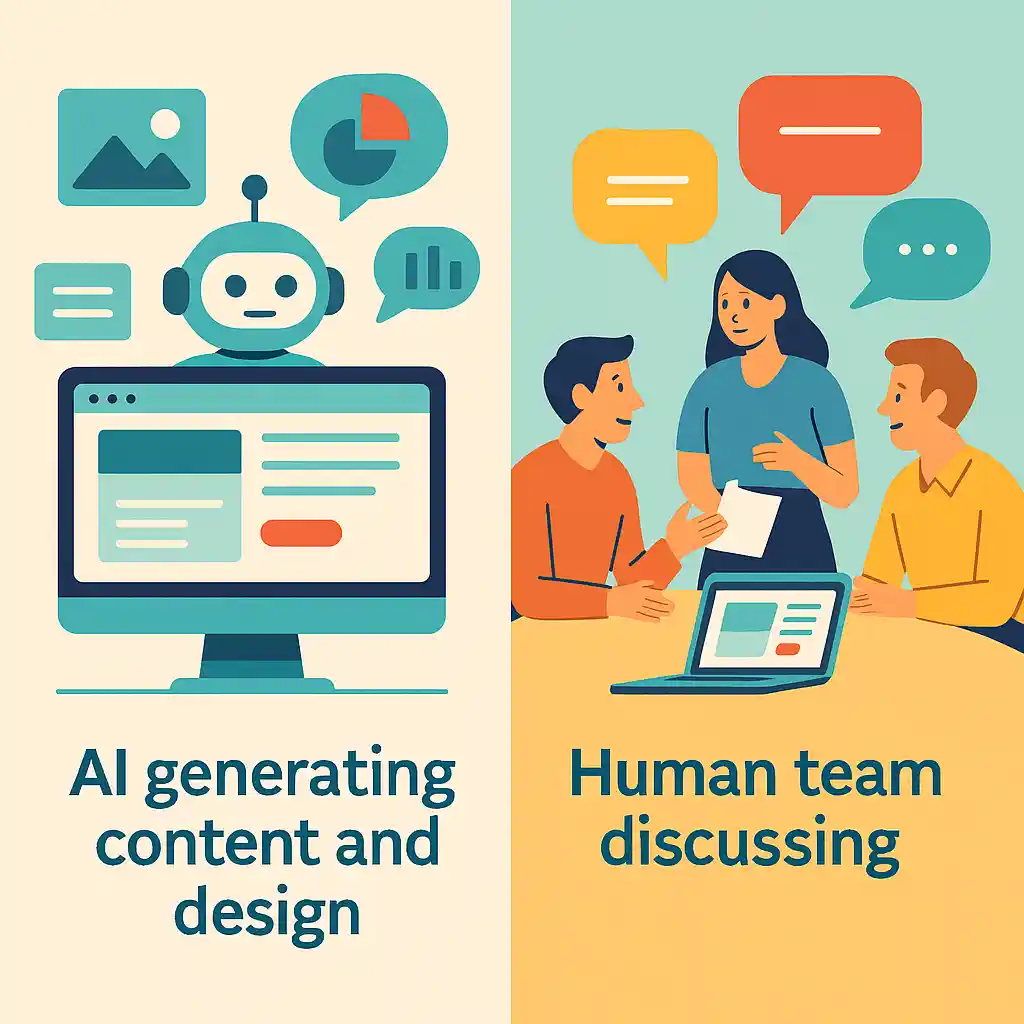
The Future Outlook: Will AI Ever Fully Replace Humans?
Technological advancement shows no signs of slowing down. AI models are getting more sophisticated at understanding natural language, generating designs, and even simulating creativity. However, a complete replacement of human input is unlikely in the near future.
Why? Because human needs are emotional, contextual, and fluid—qualities that AI still struggles to comprehend and react to effectively. While AI might evolve to mimic creativity better, it is the uniquely human attributes of empathy, spontaneity, and ethical reflection that will continue to keep professionals in the driver’s seat.
Experts predict that the future lies in enhanced collaboration. AI will continue to grow in its ability to support and scale creative tasks, but the essence of those tasks—meaningful, value-driven, and culturally tuned communication—will still require a human mind and heart.
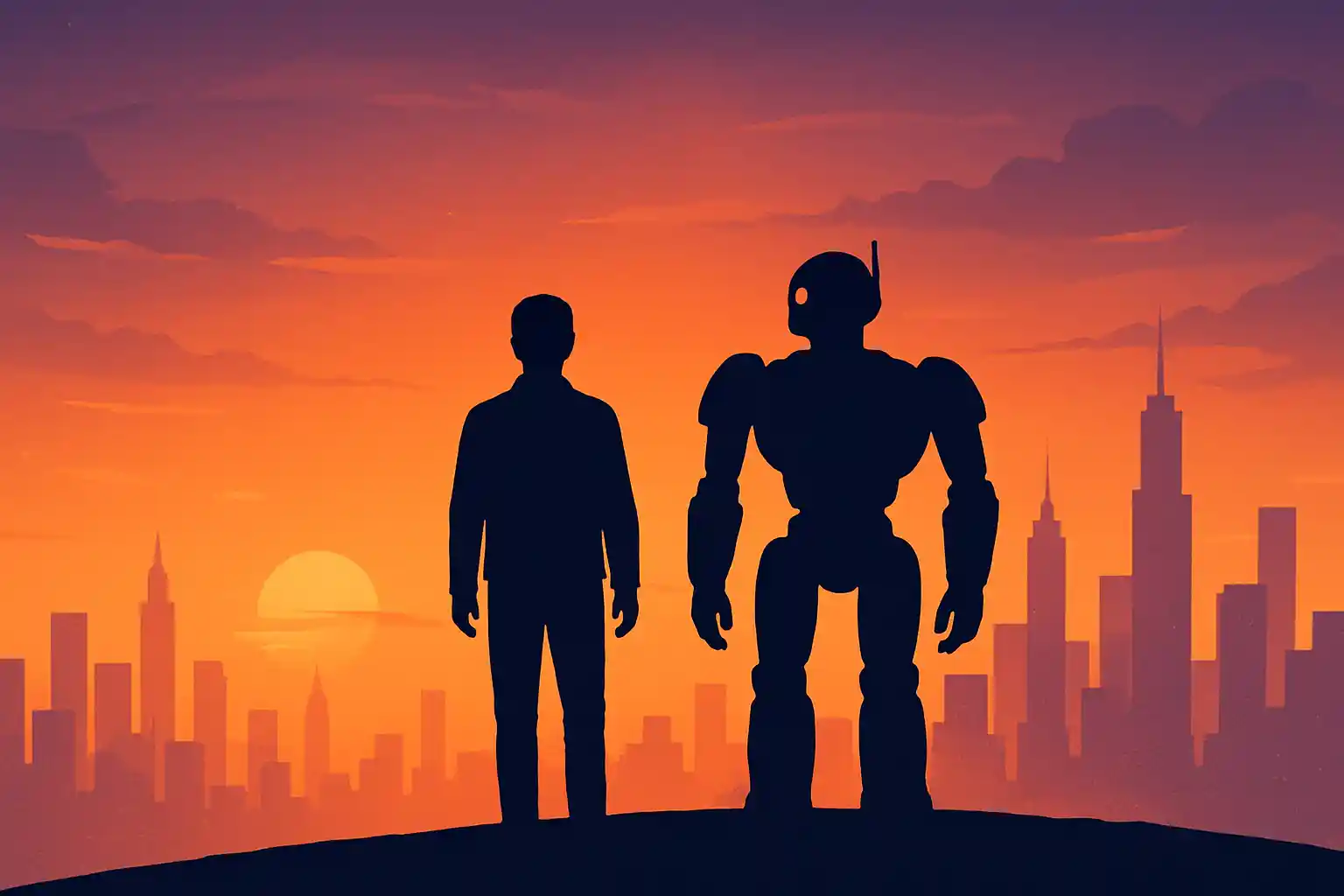
Upskilling for the Future: What Web Professionals Should Learn
To stay relevant in this evolving ecosystem, web professionals must embrace upskilling. Technical fluency in working with AI-powered tools is essential—understanding prompts, APIs, data analytics, and AI-generated code can significantly improve workflow efficiency.
Equally important is doubling down on the human strengths AI can’t replicate. Skills like UX writing, visual storytelling, ethical decision-making, and cross-cultural communication will be in higher demand than ever. Professionals should also foster adaptability—staying open to emerging tools, trends, and hybrid approaches.
Lifelong learning, creative experimentation, and strategic thinking will form the foundation of the web professional’s role in a world where human and machine work side by side to build not just functional websites, but experiences that resonate deeply with real people.
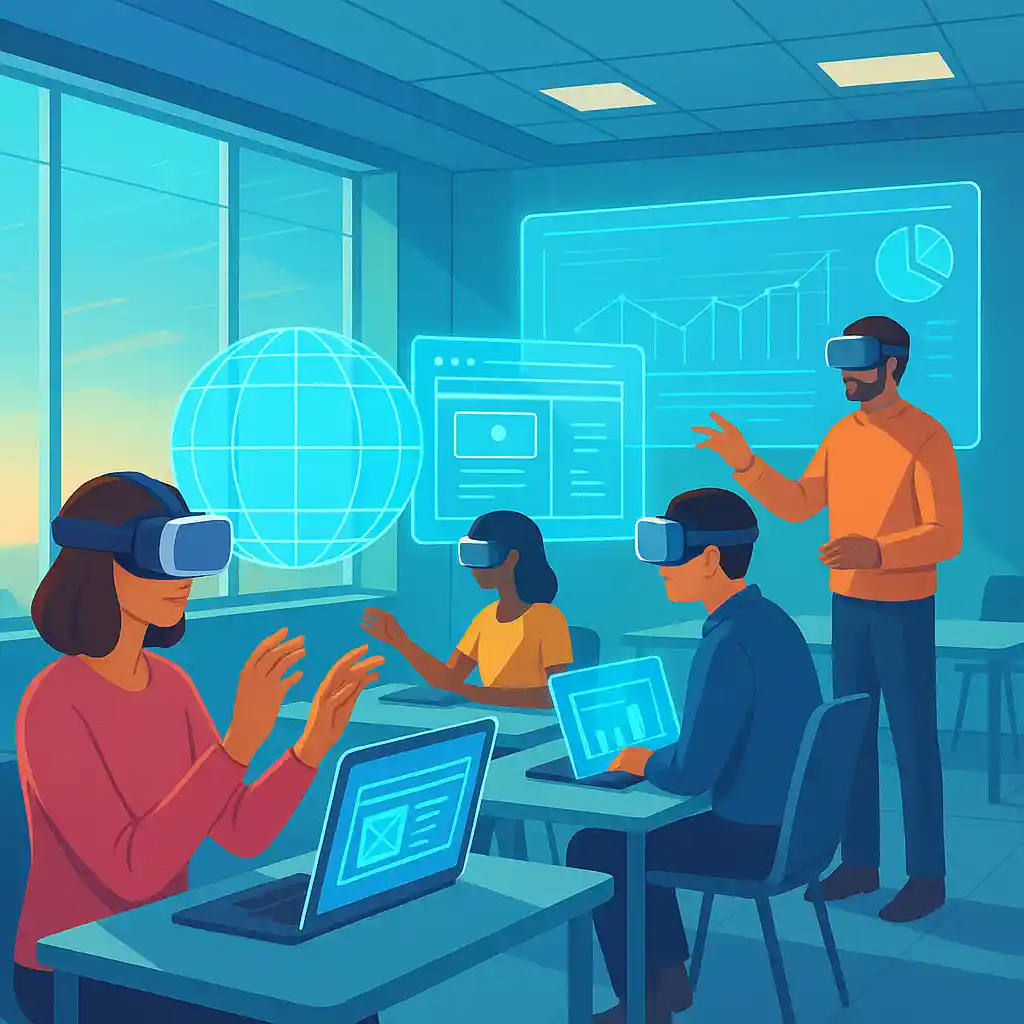
Conclusion: Embracing a Balanced Approach
AI has revolutionized web development with its speed, scale, and intelligence—but it is not, and likely never will be, a complete substitute for human creativity and empathy. The most impactful websites today are born from a partnership: where machines lay the groundwork, and humans inject vision, ethics, and emotion.
The future of web development doesn’t lie in choosing between man or machine—but in building a seamless collaboration between the two. By embracing AI’s efficiencies while doubling down on human insight, we can create digital experiences that are not only intelligent and scalable but also meaningful and trustworthy.
FAQs
Can AI build a complete website without human input? Yes, AI can generate full websites, including layouts and basic content. However, without human refinement, these sites often lack emotional appeal, brand alignment, and strategic nuance.
What roles are most secure from AI replacement? Creative direction, UX strategy, ethical review, and brand storytelling are areas where human input remains vital. These roles require deep understanding, intuition, and ethical judgment.
Is AI cheaper than hiring web professionals? AI tools may offer cost-effective solutions for basic sites, but for high-impact, customized projects, experienced professionals are still essential—and worth the investment.
How do companies blend AI and human roles effectively? Successful teams let AI handle automation and repetitive tasks while humans focus on strategy, personalization, and innovation. Feedback loops and hybrid workflows are key.
What are the ethical concerns of AI in digital design? AI may unintentionally reinforce biases or create misleading designs. Human oversight is crucial to ensure ethical use, especially around data privacy, accessibility, and inclusive content.

